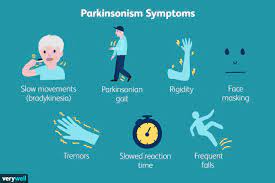Waterloo, Canada – Imagine a shirt that not only keeps you warm but also harnesses solar energy to power its technology, or a fabric that continuously monitors your heart rate and temperature. A team of researchers at Waterloo University has unveiled a novel smart fabric with such remarkable capabilities.
On Wednesday, the Canadian research team announced their development of a cutting-edge fabric that converts both body heat and solar energy into electricity, potentially eliminating the need for traditional external power sources. This innovation opens new horizons for integrating sensors within the fabric itself, allowing for real-time monitoring of various health metrics.
The smart fabric, developed in collaboration with Jiangnan University in China, features advanced materials such as MXene and conductive polymers. These materials enable the fabric to detect temperature changes and incorporate sensors that monitor pressure, chemical composition, and more. One of the most promising applications includes the creation of smart face masks capable of tracking breath temperature and rate while detecting chemicals indicative of health conditions such as viruses and lung cancer.
Yuning Li, a professor in the Department of Chemical Engineering at Waterloo University, highlighted the significance of this advancement: “We have created a fabric with multifunctional sensing capabilities and the potential for self-powering, bringing us closer to practical smart fabric applications.”
Unlike many current wearable devices that rely on external batteries or frequent recharging, this smart fabric offers a more stable, durable, and cost-effective solution. It represents a major leap forward in wearable technology, combining textile innovation with advanced materials science.
The research team is now focused on enhancing the fabric’s performance and integrating it with electronic components. Future plans include developing a smartphone app to track and transmit data from the fabric, allowing for real-time, non-invasive health monitoring.
“This new smart fabric is a significant step forward in making continuous data collection and monitoring practical,” said Li. “It supports the rapid evolution of AI technology in health monitoring, environmental tracking, and beyond.”
As this technology progresses, it holds the potential to transform how we monitor and manage our health, offering a glimpse into a future where our clothing does much more than just cover us.











